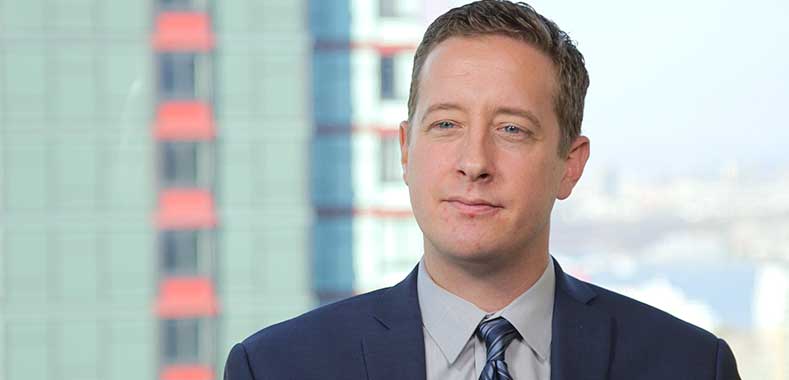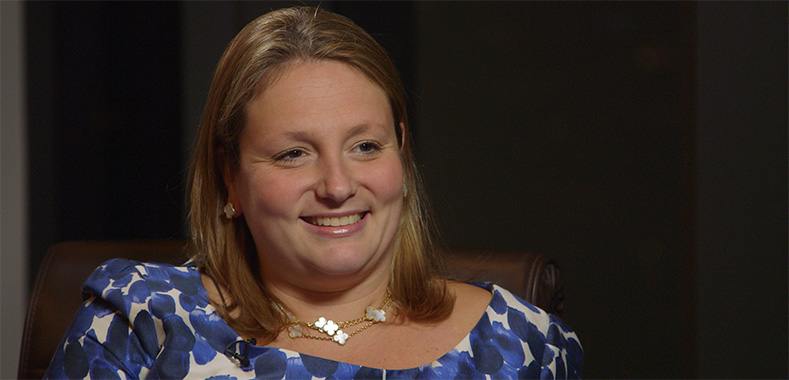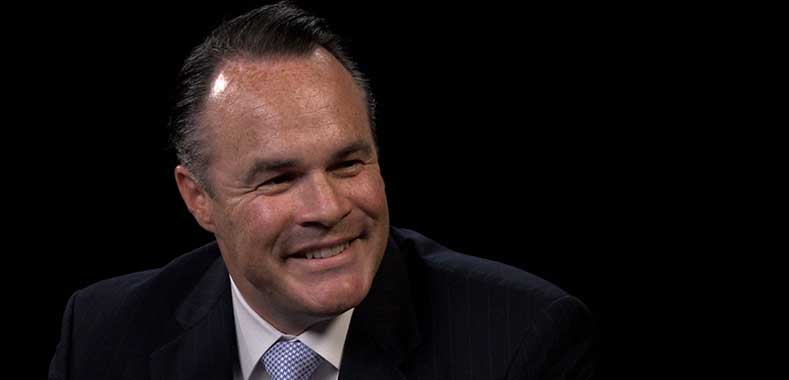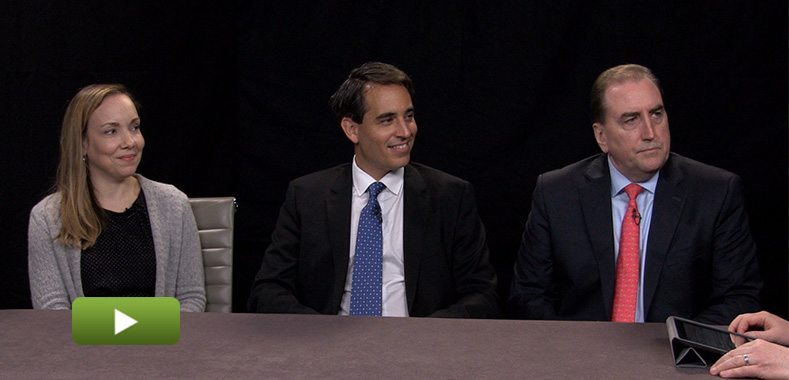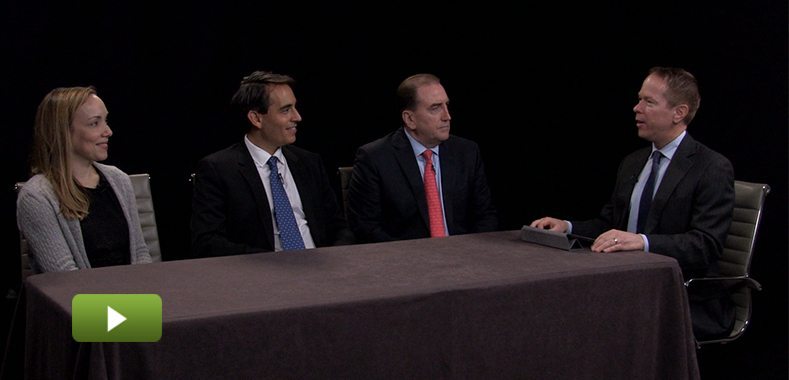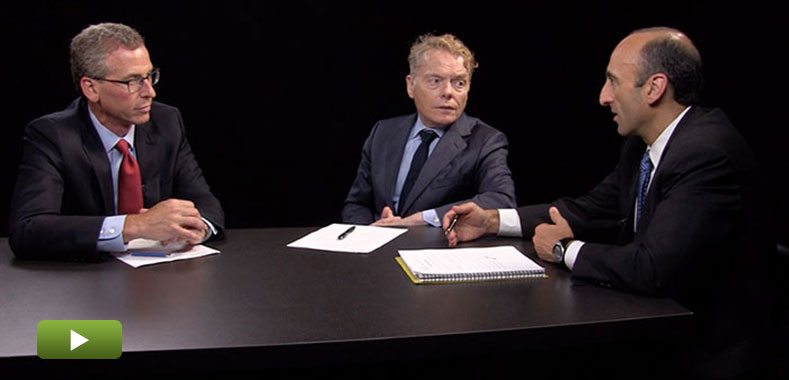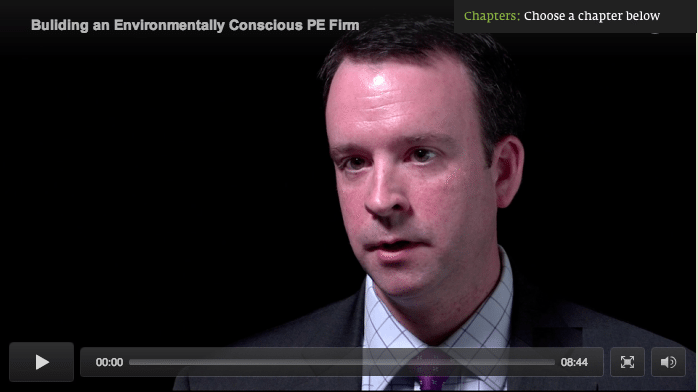Hard Evidence of ESG Value Creation
Three ESG experts share stories of how ESG initiatives drove profits in private equity investments.
Transcript Download Transcript
Hard Evidence of ESG Value Creation
ESG in Private Equity Comes of Age
David Snow, Privcap: Today, we’re joined by Elizabeth Seeger of KKR, Andrew Kuper of LeapFrog Investments and Michael Rogers of EY. Welcome to Privcap today. Thanks for being here.
Unison: Thank you.
Snow: We’re talking about an important topic or rather a topic of growing importance in private equity: ESG. That stands for “environment, social and governance” considerations that one could bring to the portfolio. Many people (who I guess are skeptics) will say, “Oh yeah, ESG.” Private equity is adopting this somewhat as a window dressing to make their investors happy. And yet, done correctly, ESG initiatives can have real impact on the portfolio. Andy, let’s start with some examples from your firm, LeapFrog. Can you give an example of how your ESG initiative has actually changed the fortunes of the companies you invest in?
Andrew Kuper, LeapFrog Investments: I think the biggest mythology out there is that ESG is this nice, sweet, soft overlay that is good in PR. That’s because it is good PR, but the most successful cases in our portfolio are often driven by ESG considerations. For example, we took over a life insurer in Ghana called Express Life. We put in best-in-class governance with the right audit committees, the right independent directors and so forth, and then we totally redesigned the product set based on being incredibly client-centric about what had the best social impact on people. Because of those S&G considerations, the company went from 60,000 people reached to 800,000 people reached in two years.
We sold it to Prudential UK in their first entry into Africa. Why did they buy it? Well, they wanted to know they were reputationally protected, they wanted to know it had best-in-class governance and they wanted to know they were going to get high growth out of Africa. So, the impacts on the portfolio company and the very outsized returns generated in that instance were directly attributable to ESG interventions.
Snow: Elizabeth, your firm is a wee bit bigger than Andy’s. I’m interested to hear, from the larger investment firm perspective, how ESG has made a big impact on one of your portfolio companies.
Elizabeth Seeger, KKR: I’m glad Andy started with that answer because—calling it a mythology is exactly right. I think one of the biggest challenges we face is considering ESG as something different or separate from creating business value. I could tell you almost any innovation or operational improvement story right now and it would have an important impact on the business as well as on environment and society.
We have a number of examples where it comes to eco-efficiency where companies are improving the efficiency of their fleets, their facilities and their raw materials used, thereby saving costs associated with those materials and raw inputs. But we also have a number of examples of companies reducing risk, which is certainly harder to measure, but an equally important part of business today. For example, one of our companies we worked with for over a year putting in place a responsible sourcing program where they’re now able to engage with their suppliers in other countries and ensure that they’re abiding by specific expectations related to quality and environmental and social performance. Until that program was in place, they really didn’t have the ability to understand what was going on at the ground at the suppliers.
Snow: Mike, from your many client relationships in private equity, what are some recurring themes you see as far as ESG’s impact on the portfolio?
Michael Rogers, EY: We’ve had a sustainability practice for almost 20 years and we’ve been ramping that up pretty aggressively recently, I think, along four or five different lines. If you think about fundraising, we’re able to help some of the funds go out to the marketplace, tell the story about ESG—not unlike what was discussed earlier. Then, we can help people do a review of their portfolio to look in hindsight in terms of what the impacts of ESG are. We can do due diligence on new transactions. We can help during the value-creation phase when folks are looking at what we can do and the changes we can make, as Elizabeth was saying, in the process. Then, a big part that’s also evolving in this space is around the LP interaction, reporting and things of that nature. There’s a number of aspects that impact almost all transactions particularly in the emerging markets.
There’s one example I’d like to cite that we recently did a program with LAVCA (Latin American Venture Capital Association) and had an awards ceremony for Latin American ESG companies. One of the submissions was a Peruvian restaurant. They were in the seafood industry and…they were having problems. They were fishing out some of the main product that they had and delivered at the restaurants. They decided to start taking some of the esoteric fish varieties that were in the sea and putting them on their menu. And it was actually able to allow the groups that they were over–fishing to grow back. From a supply-chain perspective, that was doing something for the environment and I’m happy to say the restaurant chain is doing very, very well. It takes that myth of “We spend money on this, where’s the economic benefit?” and, in this case, they were very clearly able to demonstrate that.




